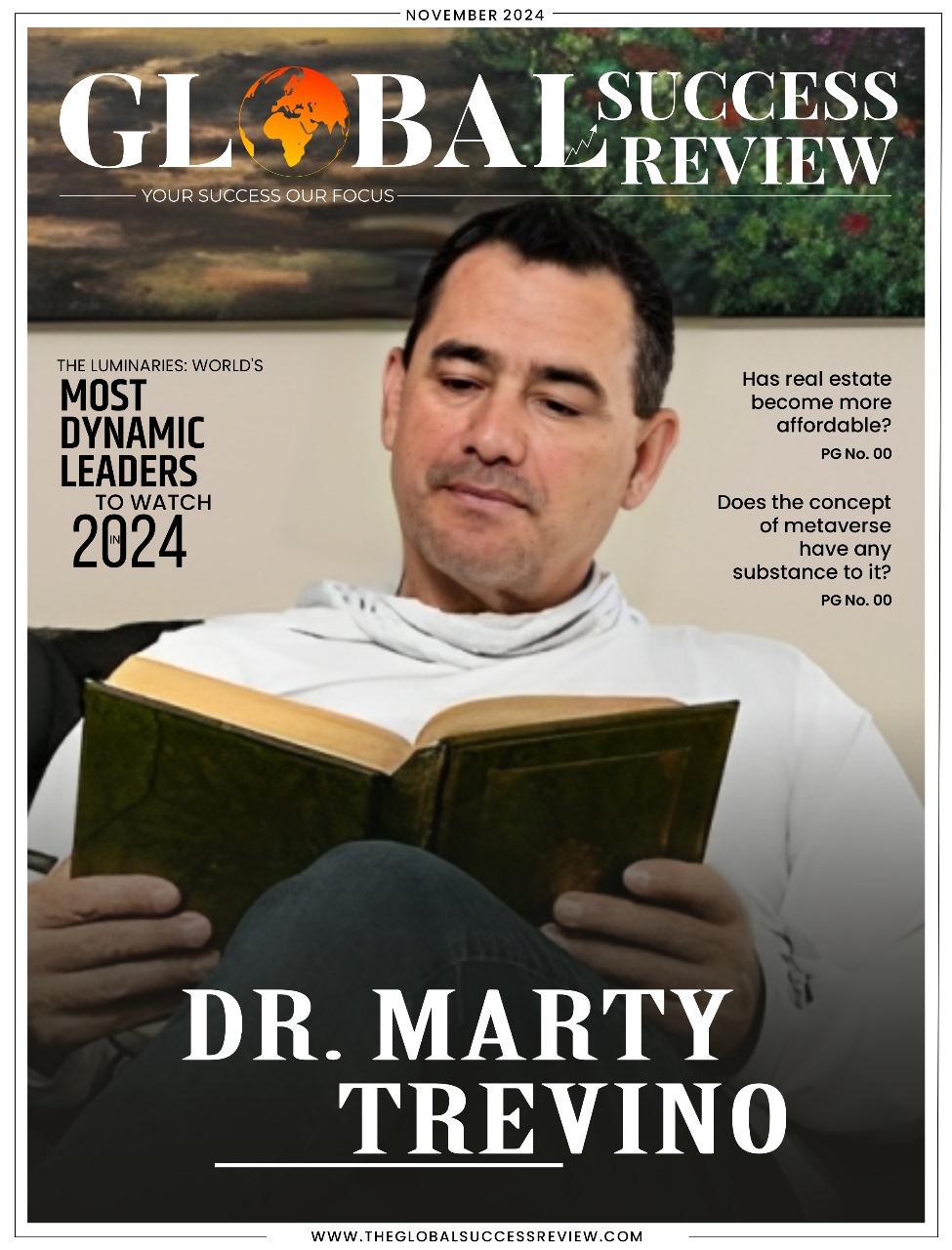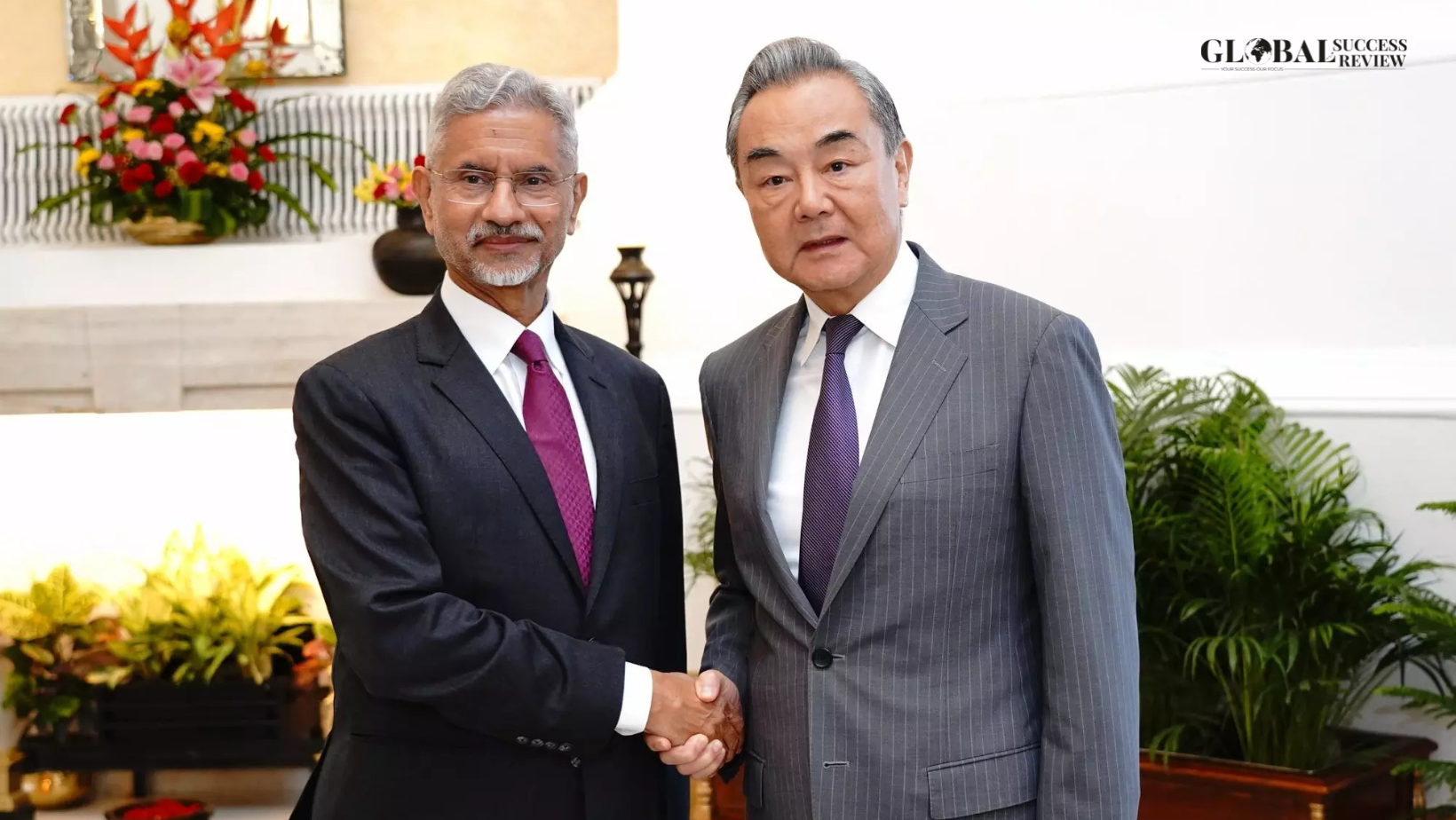By Global Success Review Desk | August 2, 2025
In a move that has sent shockwaves through global financial markets, U.S. President Donald Trump announced sweeping new tariffs on exports from 69 countries, sparking a sharp selloff in stocks and triggering a flurry of diplomatic responses from affected nations.
Among the countries hit hardest are Switzerland (39%), Brazil (50%), Canada (35%), India (25%), and Thailand (36%), with duties ranging from 10% to 41%. The tariffs are set to take effect on August 7, and mark the most aggressive shift in U.S. trade policy since the early 1930s.
📉 Markets React Swiftly
U.S. markets slid dramatically on Friday following the announcement:
- Dow Jones Industrial Average fell by 1.46% to 43,486.45
- S&P 500 declined 1.8% to 6,225.55
- Nasdaq Composite plunged 2.42% to 20,610.91
Europe followed suit, with the STOXX 600 tumbling 1.89%, as investors digested the potential global implications of the tariffs and a disappointing U.S. jobs report that showed slowing employment growth in July.
📦 Countries Scramble to Respond
The sweeping tariff announcement has prompted several countries to seek urgent negotiations:
- Switzerland, reportedly “stunned,” immediately requested fresh talks.
- India is preparing its diplomatic channels to push back against the 25% duty.
- Canada warned it may walk away from trade talks altogether if a resolution isn’t reached soon.
- Taiwan, facing a 20% tariff, called the rate “temporary” and is hopeful for a renegotiation.
🛑 Global Trade in Flux
According to Capital Economics, the new measures push the U.S. effective tariff rate to approximately 18%, a dramatic increase from 2.3% just a year ago. The new rates are expected to apply to a broad array of goods, including electronics, textiles, machinery, and auto parts.
Adding to the uncertainty is how the U.S. plans to enforce transshipment restrictions, rules that could slap a 40% tariff on goods suspected of being rerouted through third countries to avoid tariffs.
📊 Economic and Political Impact
Despite widespread criticism, the Trump administration has defended its move as a strategic leverage tool to secure what it describes as “monumental” new trade deals.
“The uncertainty with respect to tariffs was critical to getting the leverage needed to create the trade deals we’ve seen over the last few weeks,” said Stephen Miran, Chair of the Council of Economic Advisers.
Still, the tariffs are already affecting U.S. consumers. The Commerce Department reported that prices for household furnishings rose 1.3% in June, the steepest increase since March 2022, likely a knock-on effect of earlier tariff waves.
✈️ What’s Next?
The European Union, which recently signed a framework deal with the U.S., remains in a holding pattern, awaiting specific carve-outs, particularly around automobiles and aircraft, to be formally addressed.
With so many details still murky and implementation just days away, global leaders are bracing for prolonged trade tensions that could have long-term repercussions on supply chains, inflation, and diplomatic relations.
At Global Success Review Magazine, we continue to track these evolving global developments that shape our interconnected economic landscape.
—
Stay tuned for more updates on this breaking story and exclusive interviews with business leaders navigating the new trade environment.



















